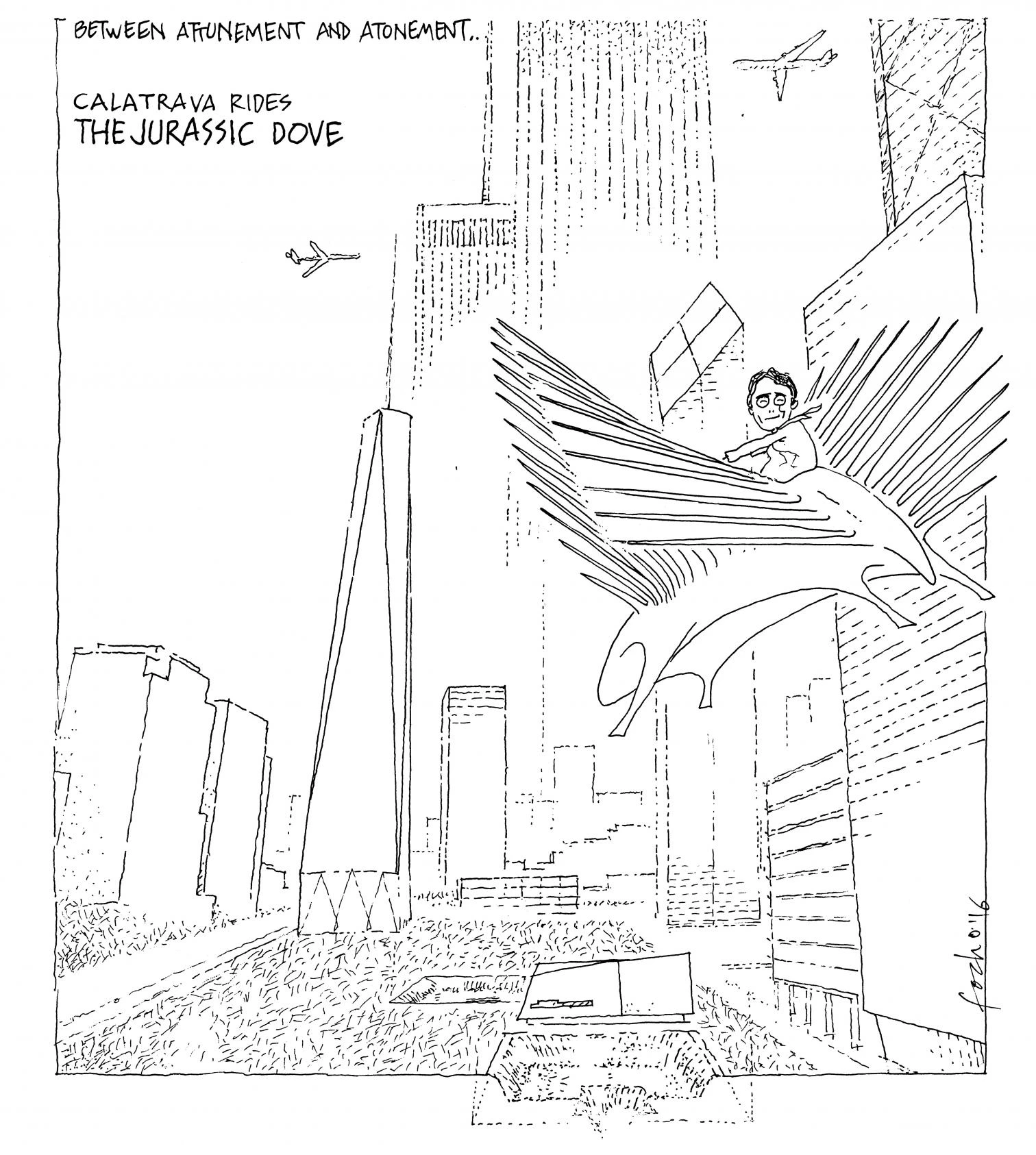
The Spanish architect and engineer Santiago Calatrava has inaugurated at Manhattan’s Ground Zero a work of extraordinary visibility and symbolic importance. Located at the World Trade Center, the Oculus station will connect ten New York City subway lines with trains crossing the Hudson River into New Jersey, and neither the construction of the project nor the way it is supposed to function has been spared disapproval. The huge skeleton of white steel that rises at the spot where the Twin Towers once soared has been criticized in the headlines of leading media, including the The New York Times, The Wall Street Journal, The New York Post, and the magazine The New Yorker, which have together subjected the work to an incisive scrutiny and called it an ‘extravagance.’ The new interchange – already said to be the most expensive in the world (executing the project has cost a trifling total of 4,000 million US dollars, more than twice the amount originally fixed in the budget) will be serving 200,000 passengers and includes over 30,000 square meters of civic spaces. The monumental dome of glass and steel contributes to the natural lighting of the concourse, which is one of the design’s strong points. The transport hub now faces the double challenge of proving that it performs its function and that it is profitable for the city. The various areas of the building will be opening in phases until spring, by which time the entire complex should be operating. Meanwhile, New Yorkers are sure to keep wondering if the station’s size will ultimately prove worth all the trouble and expense.






